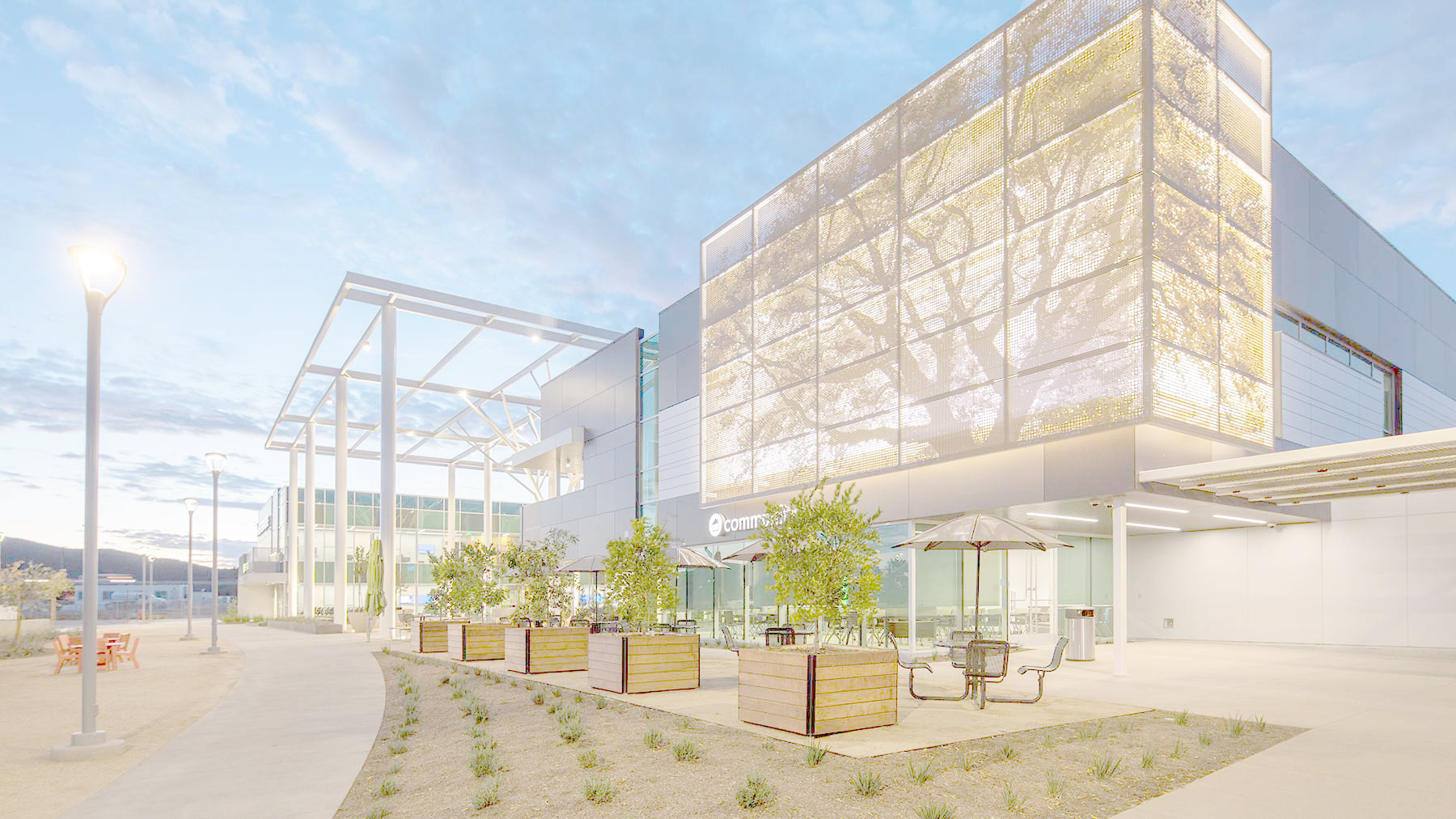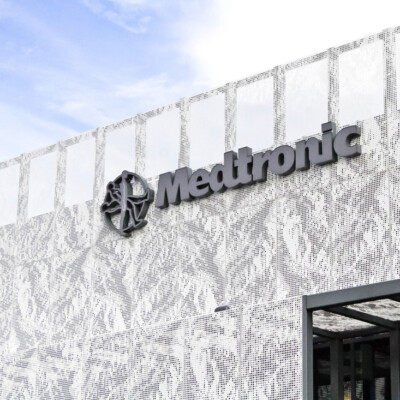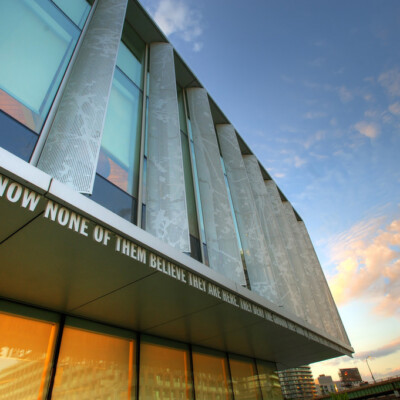
IMAGES ARE TRANSLATED IN A SIMPLE PROCESS

Decide on the Image and Wall Design
Get rights to the image, make design decisions on your wall, and decide if the image will be back-lit or front-lit

Prep and Crop
Review the file and image requirements below and prepare the digital file

Share with AMICO
Send the image file and project drawings to [email protected]
Picture PERFect File Prep Guide
File types:
A raster (pixel based) image is required; .tif, .psd, .bmp, .gif, .jpg and .png are all acceptable file formats.
image cropping:
To ensure your image is translated to your exact design needs, we ask that you crop and provide an image in the identical aspect ratio of your design. For instance, if your wall is 120″ x 96″ (120/96 = 5/4) the aspect ratio of the digital image you provide should be 5:4.
background:
If possible, background noise and imagery should be removed. This will help the subject imagery to stand out.
image resolution:
The resolution of your image will ultimately dictate the amount of detail that can be captured with our Picture PERFect process. Having the highest possible resolution is helpful in the process.
including text:
Text should always be as big and bold as possible to ensure proper visual translation into perforation. Text that is to small may not be legible.
image rights::
AMICO expects and assumes that the designer owns all necessary rights to use of an image.
Picture PERFect FAQ's
A formed metal wall that uses photographs and graphics translated into perforated holes to reproduce the image in durable metal materials.
These types of walls can be installed indoors or outdoors. Typical uses include facades, screens, feature walls, signage, exhibit installations, sunshades, and interior wall ornamentation.
This is a simple way to make a big impact on a project by creating a one-of-a-kind design element. Whether you are trying to create a focal point or a nice simple texture to bring interest to an environment. Picture PERFect panels can provide distinctive design results.
Any image that you own the rights to can be converted into a beautiful metal installation as long as sufficient contrast and good imagery conditions exist. This could be an abstract design or texture or an objective image like a portrait.
Typical finishes include powder coating, fluoropolymer paint, or anodizing. Likewise, natural finish materials are also well within our capabilities; however, the design and the image must tolerate the natural and organic aging process
of these types of materials.













